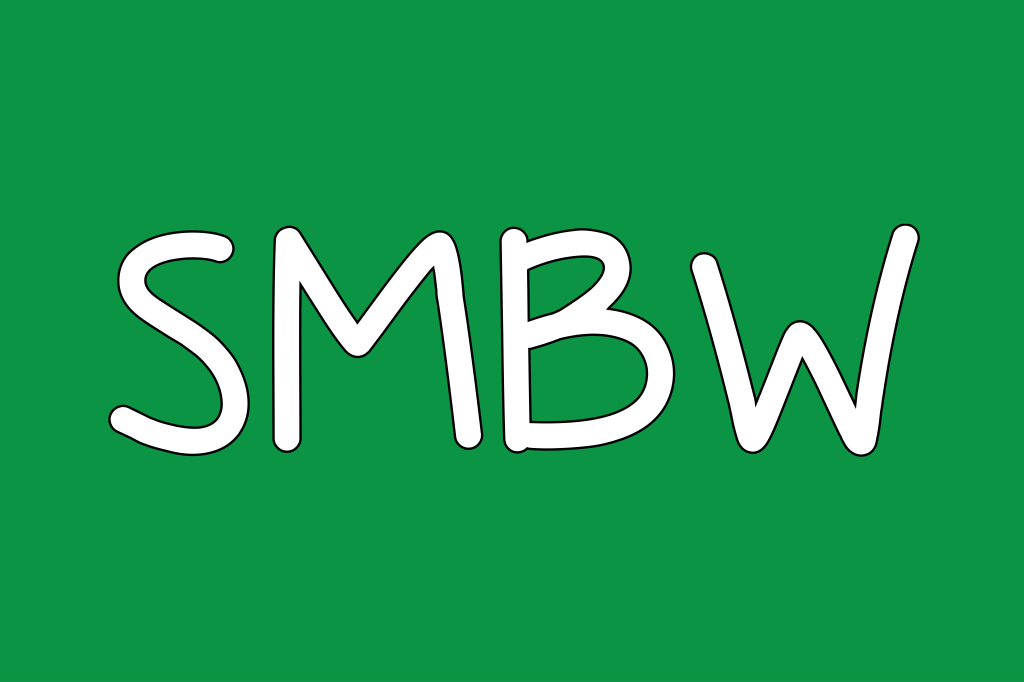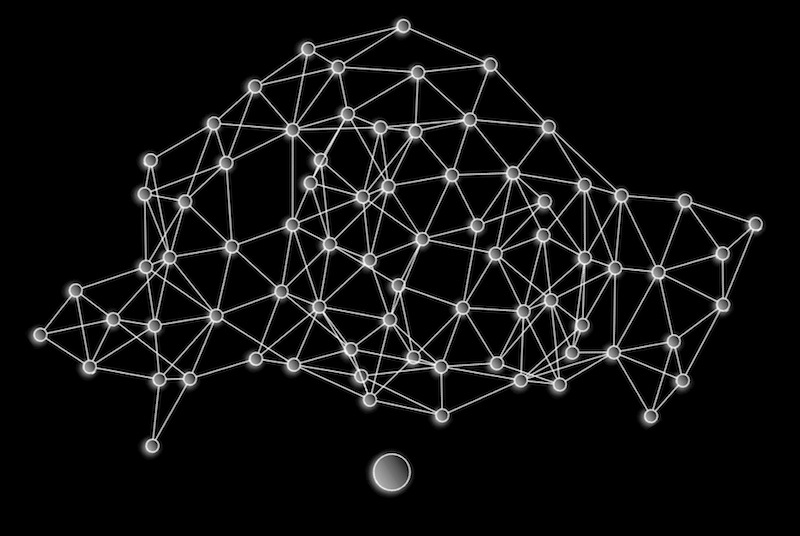-
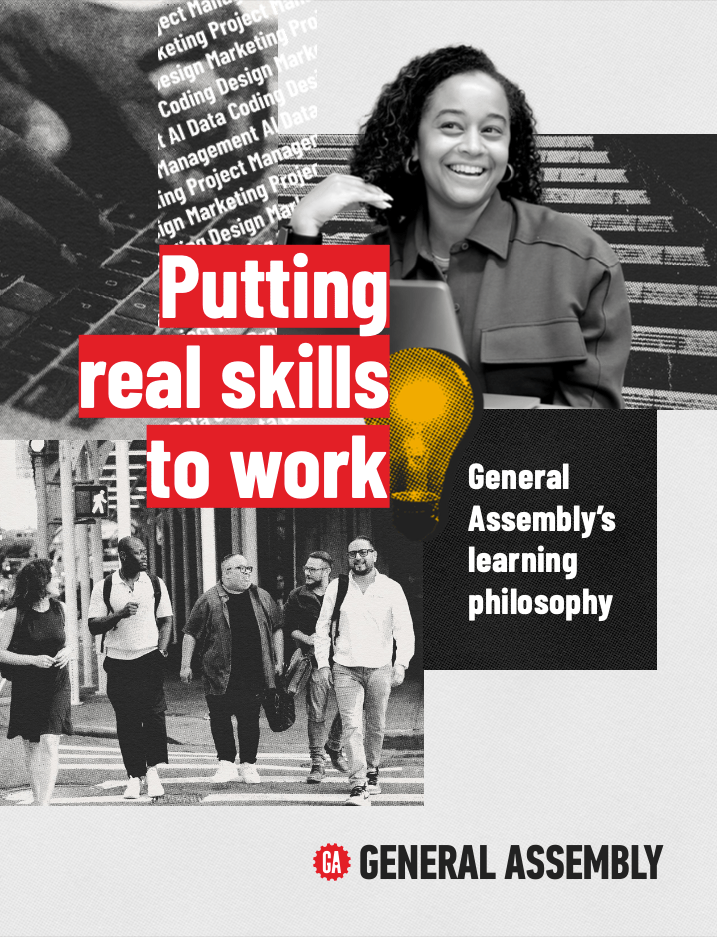
General Assembly’s Learning Philosophy
While working for General Assembly, I wrote an e-book communicating the learning philosophy that our learning team used to guide its product development. It was used not only to share our approach with customers, but also to educate colleagues internally about research-based learning principles to incorporate into our learning experiences. The philosophy is summarized in…
-
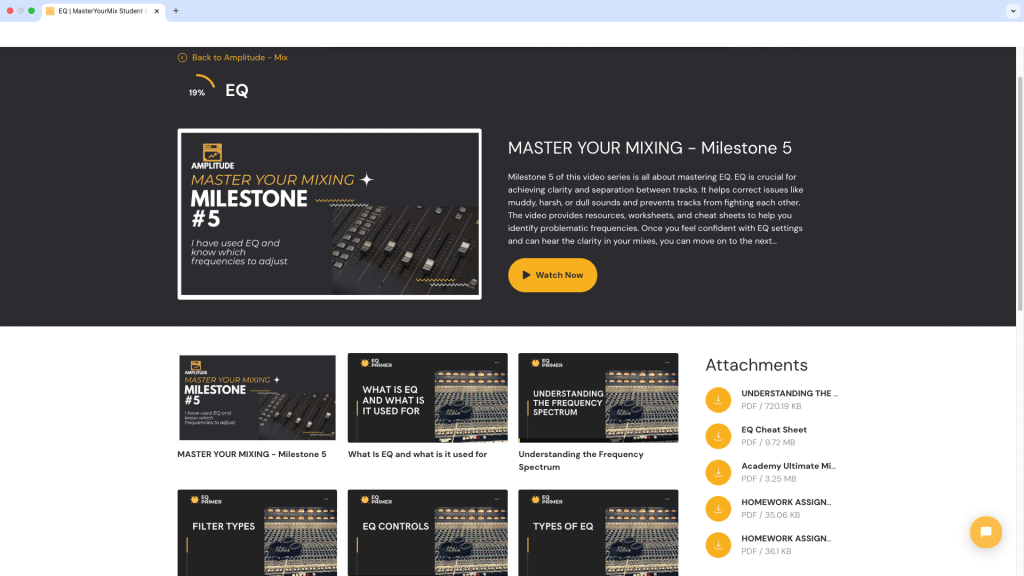
MasterYourMix Amplitude Program
As part of my work with MasterYourMix–which produces web resources, a podcast, a learning platform, and a coaching program around recording, mixing, and mastering music–I had the opportunity to lead the research and design effort for a brand new flagship coaching program called Amplitude. This involved identifying the needs of members who were joining the…
-
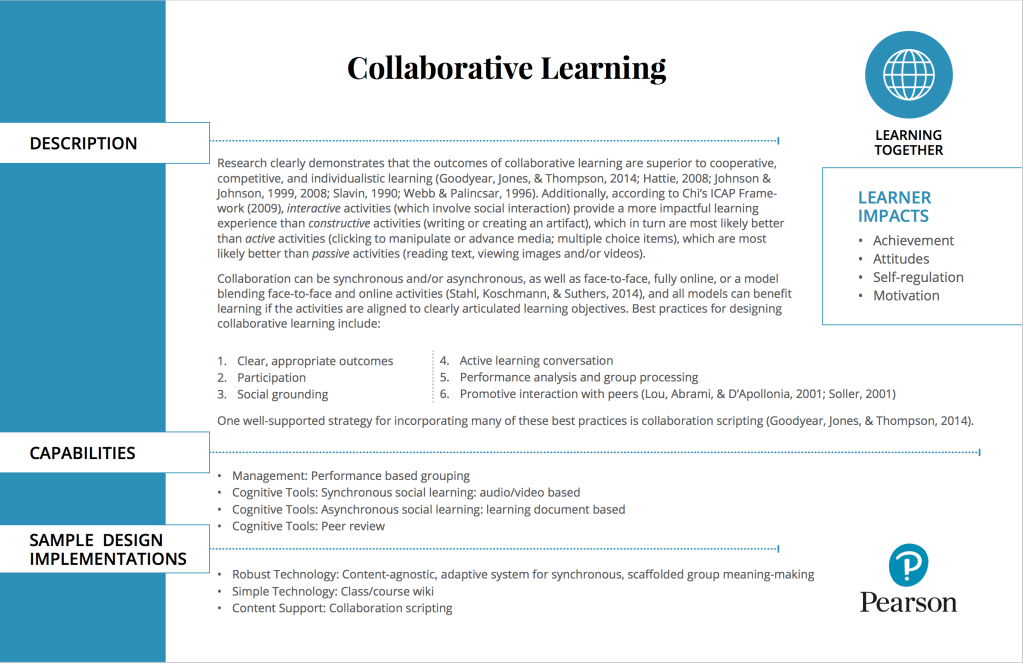
Pearson Learning Design Principles
In December 2016, Pearson released a set of Learning Design Principles for public use. As a member of the Learning Design team, I contributed to the research syntheses, writing, and iteration of these principles. We use these principles daily at Pearson as design guidelines for our products. You can read more about the Learning Design…
-
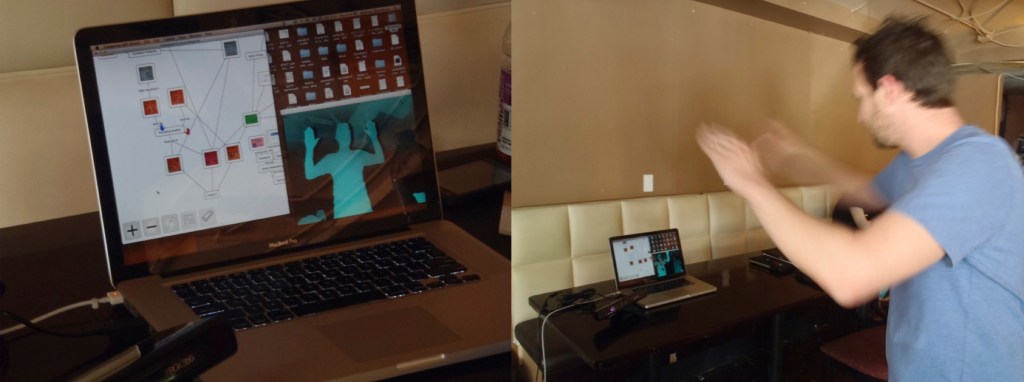
Embodied Concept Mapping
Creating learning experiences that are meaningful and motivational is crucial in learning, and organizing ideas via concept maps allows students to view prior knowledge with new perspectives. In recent years, embodied computation–the control of digital technology with gestures– has emerged as a novel way to meet educational objectives through intuitive control and associating knowledge with…
-

REPLAY – Reproductive Life Plan Video
In connection with Reproductive Life Plan for You (REPLAY), a health education program funded by the March of Dimes, I collaborated with Maricopa Integrated Health Systems (MIHS) and Eight, Arizona’s PBS station, to create an animated instructional video that was used to teach limited-English speakers about how to create a Reproductive Life Plan, a movement…
-
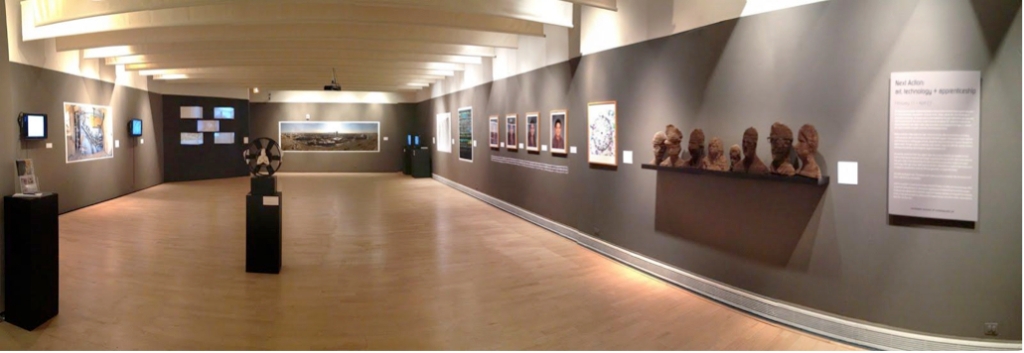
Digital Culture Creative Classrooms (DC3)
Although children and young adults are immersed in digital culture daily through technologies such as social media, handheld devices, and streaming video, most are not familiar with the computational thinking behind these technologies, and unfortunately, there are few opportunities in secondary school curricula for students to learn such practices. However, due to these same technologies,…
-
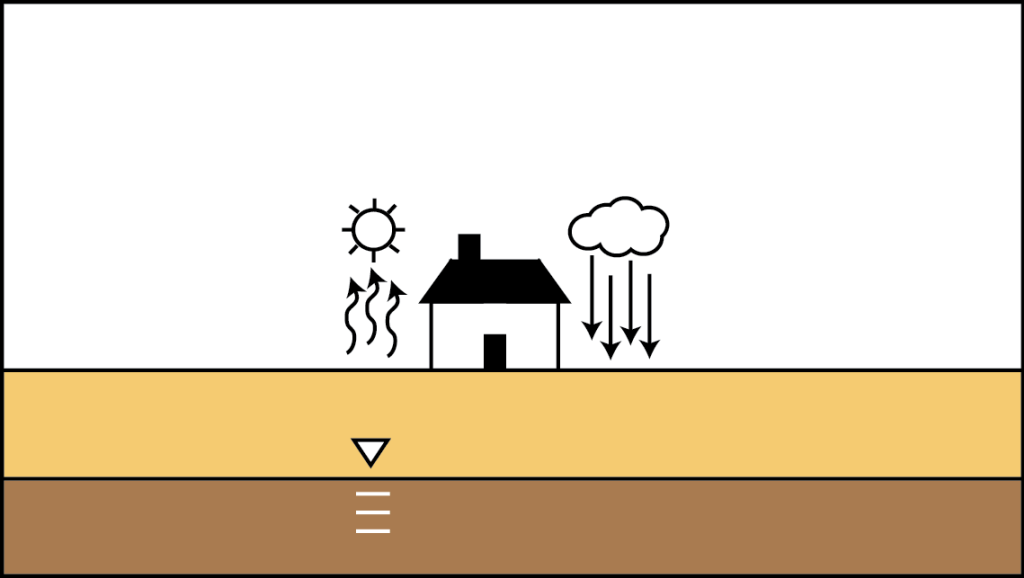
Unsaturated Soils Learning Modules
From January 2012 to January 2013, I was a graduate research assistant on an NSF-funded project, “Advancement of Unsaturated Soils Theory into the Undergraduate Civil Engineering Curriculum.” While knowledge of unsaturated soil mechanics is vital for professional engineers in the field, the subject is seldom addressed in undergraduate engineering classes, and typically not introduced until…
-

Most Common Words in Mary Shelley’s Frankenstein, By Narrator Frequency
I’ve always loved Mary Shelley’s Frankenstein, partly because of the way the story is told through three narrators with their own distinct voices. For those unfamiliar with it, the novel begins with Robert Walton, a sailor, as narrator. In his travels, he encounters a sick stranger and takes him on board his ship to nurse…
-

Eternal Sunshine of the Spotless Mind Timeline
This is a timeline I created of the events in the film Eternal Sunshine of the Spotless Mind. For those unfamiliar with the film, the main character (Joel)–in the wake of a nasty breakup–decides to have all memories of his former girlfriend (Clementine) erased from his mind through a sci-fi-esque company called Lacuna. Joel becomes…
-
Subscribe
Subscribed
Already have a WordPress.com account? Log in now.


